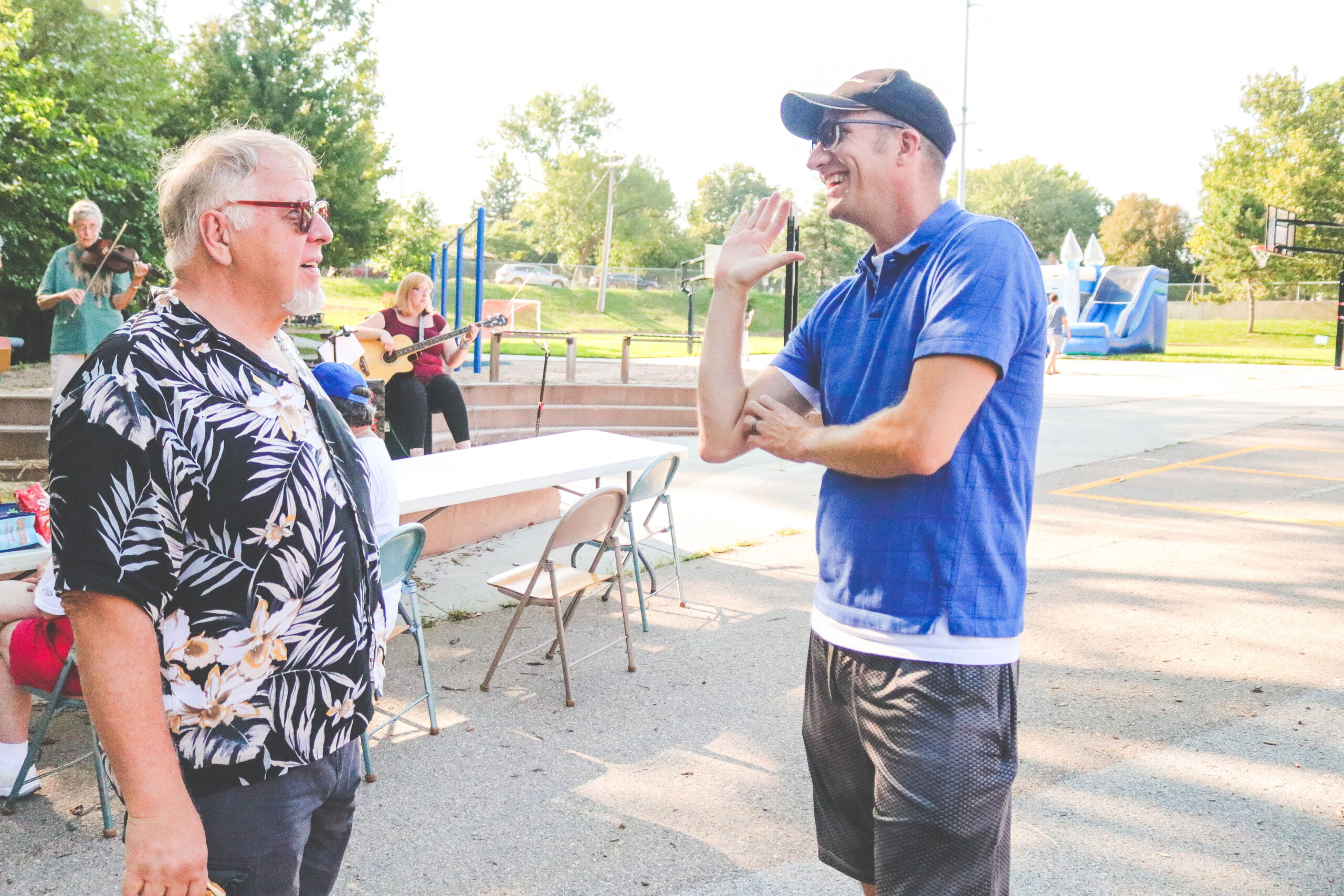A collection of best practices for neighborhood groups during social isolation.
Neighborhood Meeting Alternatives
The health and safety of your neighbors should be a primary concern and deciding to cancel in-person meetings is best. One of the most effective ways to prevent the spread of viral illness is to limit contact and the risk of transmission. Meetings are essential for collaboration and there are options to continue meeting without in-person contact.
Video Conferencing
Having a visual of your neighbors while communicating makes a huge difference – it’s far more engaging and is as good as being there. Many video conferencing platforms allow you to share your screen for presentations or to facilitate learning. If you want to keep dispersed people connected, this is the most effective method.
-
Conference Calls
If your access to the internet is difficult, this is an efficient way to meet. Talking on the phone allows the meaning and intent behind messages to be clear. Concerns can be addressed much quicker and you can ensure everyone understands.
-
Email
We recommend email for straight-forward questions or an update from individuals. When meetings are canceled, you can ask individuals for an update on their neighborhood needs or check how they are doing with social isolation.
-
Cloud Documents
If your neighborhood is busy, create a document where people can provide an update when time is available or use as a resource. Your document can be a checklist of people to check on or the best walking routes in the neighborhood.
Communications
Good communication is essential to any group. If you need to provide frequent updates to individuals in your neighborhood, there are a few ways this can be done.
-
Social Media
If your neighborhood group has social media accounts, use it! It’s important to provide updates. You can share information from the CDC, local elected officials, and local government authorities. Use it as an opportunity to share available resources from community partners. Also, you can keep spirits up by sharing pictures of your neighbors during social isolation.
-
Email
If you have an existing email platform to communicate with a large number of neighbors, you can provide updates on available needs and resources. Keep in mind many businesses and organizations are sending an overload of information. Keep your message relevant and timely.
-
Mailers
We only recommend mailers if there is an existing system in place. If you send out a monthly or quarterly newsletter, maintain consistency and do not lose momentum. It’s helpful to maintain normalcy with neighbors.
Mutual Aid Network
Using the tools above, you can implement a mutual aid network in your neighborhood to stay connected. Gifford Park Neighborhood in Omaha is using cloud documents to stay aware of neighbor needs, resources, business hours, and creating point people in their boundaries.
If you are interested in setting up a support system, here is a folder with templates you can personalize for your neighborhood. If you have any questions, contact Alex O’Hanlon – alex@oneomaha.org.

